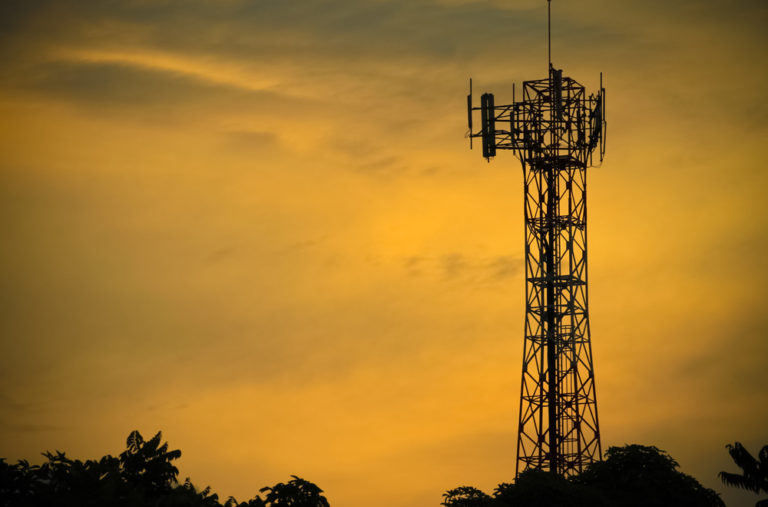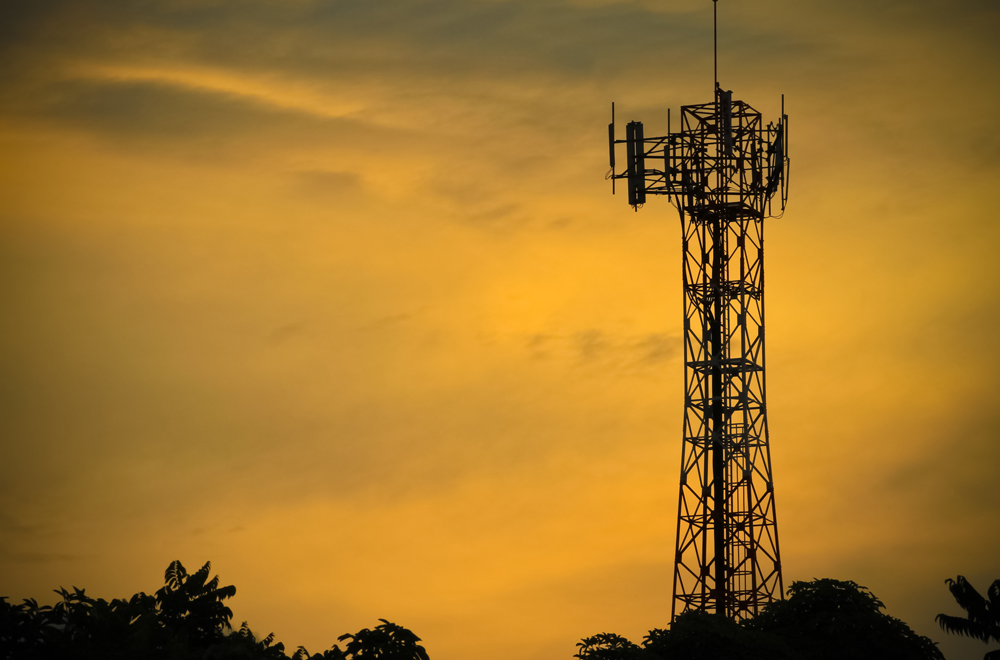

Editor's Note: This is the second of a 3-part series looking at two-way emergency radio for disaster preparedness. Click here to read part 2.
On the afternoon of Sunday, May 22, 2011, the residents of Joplin, Missouri, learned to distrust their cell phones. What convinced them were the hellish winds from a maximum-strength EF5 tornado that reached down from the heavens like a giant vacuum cleaner of death. It touched down just east of the Kansas state line and blazed a 22-mile path of death and destruction through the town — sucking, ripping and tearing the city’s structures into mangled toothpicks and violently ending the lives of 158 people.
The monster mile-wide twister caused catastrophic damage in the neighborhood of $2.2 billion. And it knocked out cell phone communications for days. When the storm passed, 1,300 people were missing. The Show Me State learned a tough lesson that day: Don’t rely on cell phones. While they’re a great modern convenience, they’re also the first to fail when high winds crush cell phone towers like pop cans.

It wasn’t the first time. New York City, the morning of September 11, 2001. Terrorists strike the World Trade Center. New Yorkers — and virtually everyone else in America — rush to their cell phones. They called to report smoke and fire. They called to request medical help. They called to check in on loved ones. And many just called because they needed to talk to someone, anyone who would listen, about the horrific scenes they saw on TV. It didn’t matter why they called, as much as the fact that everyone called at the same time. The phone system locked up. There was too much data flooding the network and not enough bandwidth. While some infrastructure damage could be blamed for the failure — several cell towers and connecting land lines were indeed destroyed — the real reason the networks failed was simply because they were overloaded.
“I walked from downtown to Lincoln Center (about 4.5 miles) before I was able to hail a cab with four strangers,” said Andrea Mancuso as reported by CBS News (Post 9/11: Can We Count on Cell Networks? September 7, 2011). Mancuso was working just north of the Trade Center. She was lucky; her phone worked. “Everyone was upset, and no one had a cell phone signal except me. I passed my phone around like a hot potato all the way to Harlem. Everyone including the cab driver graciously and tearfully called their families.”
Since that day, cell phone networks have been tested and retested and they routinely fail when consumption demands exceed normal levels. Industry representatives claim providers are installing additional towers and built-in network redundancy to handle the volume spike during crises. But Telecomm Analyst Gerard Hallaren paints a different picture. In the CBS News story he revealed that networks are only designed to handle 20 to 40 percent of traffic, which includes phone calls and data modes such as wireless Internet and text messaging.
In the end, it may be business realities — as opposed to technical or infrastructure limitations — keeping cell networks lean and mean, susceptible to failure during extraordinary events. “It's just economic insanity for any carrier to try to solve the congestion problem,” Hallaren said. “It's cost-prohibitive to build a network that could serve 330 million at the same time. A service like that would cost hundreds of dollars a month, and people are not willing to pay that much for cell phone service.”

Next Step: Get your FREE Printable Target Pack
Enhance your shooting precision with our 62 MOA Targets, perfect for rifles and handguns. Crafted in collaboration with Storm Tactical for accuracy and versatility.
Subscribe to the Gun Digest email newsletter and get your downloadable target pack sent straight to your inbox. Stay updated with the latest firearms info in the industry.

![Best Concealed Carry Guns In 2025 [Field Tested] Wilson Combat EDC X9S 1](https://gundigest.com/wp-content/uploads/Wilson-Combat-EDC-X9S-1-324x160.jpg)


![Best 9mm Carbine: Affordable PCCs [Tested] Ruger Carbine Shooting](https://gundigest.com/wp-content/uploads/Ruger-Carbine-Shooting-100x70.jpg)
![Best AR-15: Top Options Available Today [Field Tested] Harrington and Richardson PSA XM177E2 feature](https://gundigest.com/wp-content/uploads/Harrington-and-Richardson-PSA-XM177E2-feature-100x70.jpg)

I appreciate the display of Amateur Radio gear however what the masses need to know is you need a license to use it. We always welcome new amateurs into the hobby, but you must take a test in order to get a license. Many groups believe they can use amateur radio without a license in any emergency. If you intend to buy amateur equipment by all means study and get your license so you can use it all the time. The test questions are available from the ARRL.org or the W5YI group, the test is not that difficult. We’d like to have you!I’ve been a ham since age 16. WB0VQP
Here in the PAC NW, there are plenty of areas where there is ZERO service and more widely spread depending on your carrier and this without a disaster. I feel sorry for those who do not have a land line (me included) if and when there is a disaster and we are unable to reach family members in another town or state. It’ll be like the days of old with the Pony Express delivering mail : ) We rely to heavily on technology that can be totally shut down and break communications from town to town.
Because of the nature of a tornado, you exaggerate the issues posed to Joplin residents after our May 22nd, 2011 one.
Most certainly cell towers in and beyond the “zone of total destruction” came down; two were less than 100 feet from my apartment and came down on the stack of apartments a few feet to my east and one came down in the parking and driving area ~ 25 feet to my west. Although there were temporary replacements in place within 2-3 days.
Because of the narrow track of a tornado, if we couldn’t get a signal all we had to do was to move a little north or south of it and we got service, not a problem if you were capable of walking, plus *many* people came to help.
I believe that a large fraction of the 1,300 initially unaccounted for was due to one of our two hospitals getting totaled, and *immediately* evacuated. That resulted in a lot of people getting stashed in area hospitals without formal tracing (normal citizens were just showing up in their pickups and the like, in one noted case getting a quick tutorial in operating a manual respirator (prior to then the patient was operating it…), then they went to another location; who went where to be sorted out later).
The sudden decrease in hospital capacity at the same time more than a 1,000 people needed prompt medical care resulted in contingency plans that I gather didn’t have a priority of immediately informing others of a patient’s location. E.g. the totaled hospital’s staff mostly decamped to our big Memorial Hall, and a couple of overflows from that were established. Injured were also deposited in nearby smaller hospitals, the 20 bed teaching facility in the city’s college (it was no accident the beds and rooms were 100% functional), etc. Plus some of the worst cases were sent to major hospitals 70 miles or further away.
So I’m unconvinced communications failures were an overwhelming factor in this problem.
All that said, when a disaster’s effects are widespread, either knocking down many more towers or depriving the systems of power (that’ll take out a lot of landlines out nowadays when the batteries run out), your point is spot on, you can’t depend on your cell phone for emergency communications.